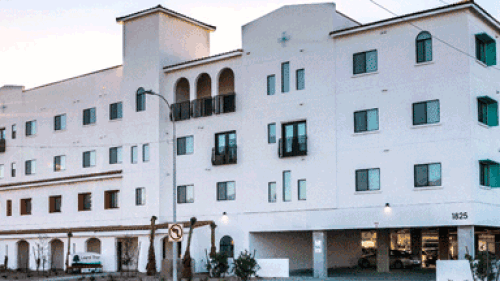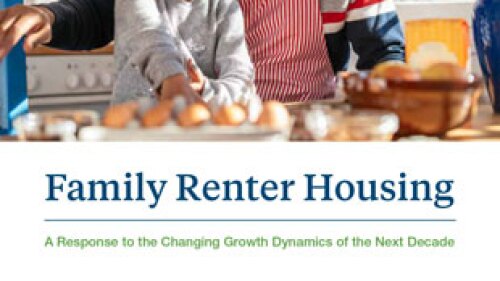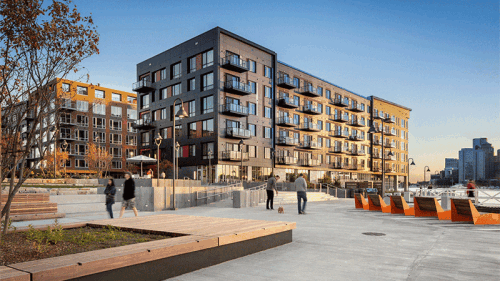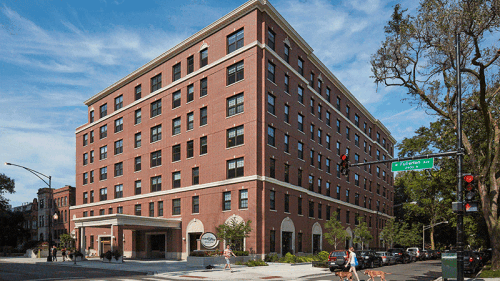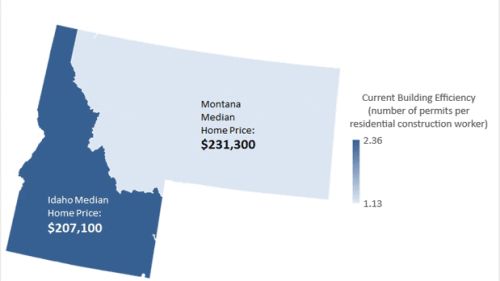Residential
Demonstrating the connections among health, social equity, and living environments, ULI Arizona is offering solutions to boost housing affordability.
The segregation of urban neighborhoods across the United States since the Great Depression was largely created by policies and practices established and enforced by local and federal authorities, Richard Rothstein, author of the bestselling book The Color of Law, said during a group discussion with ULI members at the 2020 ULI Building Healthy Places Forum.
ULI MEMBER–ONLY CONTENT: Health is not just a trend in real estate development but an important factor that differentiates projects and benefits people and communities, Randall Lewis, ULI Foundation governor and executive vice president of Lewis Management Corp., said at a 2020 ULI Virtual Fall Meeting product council session he moderated on healthy living principles.
The family-oriented U.S. rental housing stock has failed to focus on older millennials with families who require larger units, according to a new ULI report.
RCLCO’s Neighborhood Atlas framework initially examined the 50 largest metropolitan areas in the country to classify each of their suburbs into one of five categories. RCLCO has expanded its analysis to cover six different types of urban neighborhoods as well, expanding to 100 of America’s largest metropolitan areas.
Solutions are slowly emerging as builders attempt to deliver housing that meets the strong demand from middle-class Americans who struggle to afford a home purchase, according to panelists gathered at a ULI housing conference in February.
The future of housing is being influenced by evolving demographics, increased urbanization, higher construction costs, and financially constrained consumers who nonetheless demand meaningful, walkable communities, said panelists at the 2020 ULI Housing Conference in Miami. A shower of innovation rains down on the housing designers and builders who sort through options that include prefabricated homes, modular building components, and low-carbon technologies that support sustainable development goals.
Out of the rising tides of climate change have emerged nimble projects that embrace rising floodwaters and shifts in thinking about design and construction, according to panelists at the 2020 ULI Housing Opportunity Conference in Miami.
With the population of older residents fast outpacing the supply of units designed for them, panelists at the 2020 ULI Housing Opportunity Conference in Miami shared how devolopers are working to address the misperceptions, changing financial considerations, and design trends for the sector.
Since 2014, the United States has averaged 300,000 more household formations per year than residential permits issued. While the number of residential construction workers has increased to meet the need, more housing is still needed. If the United States could return to pre-2006 ratio of 2.1 new residential permits for every residential construction worker, there would be almost 400,000 additional housing permits per year, all without adding a single new employee.

